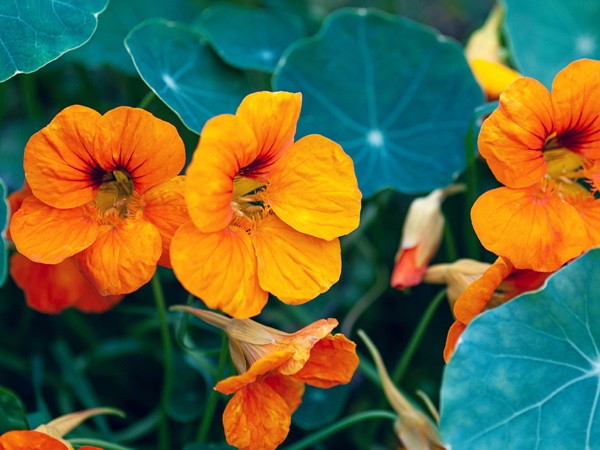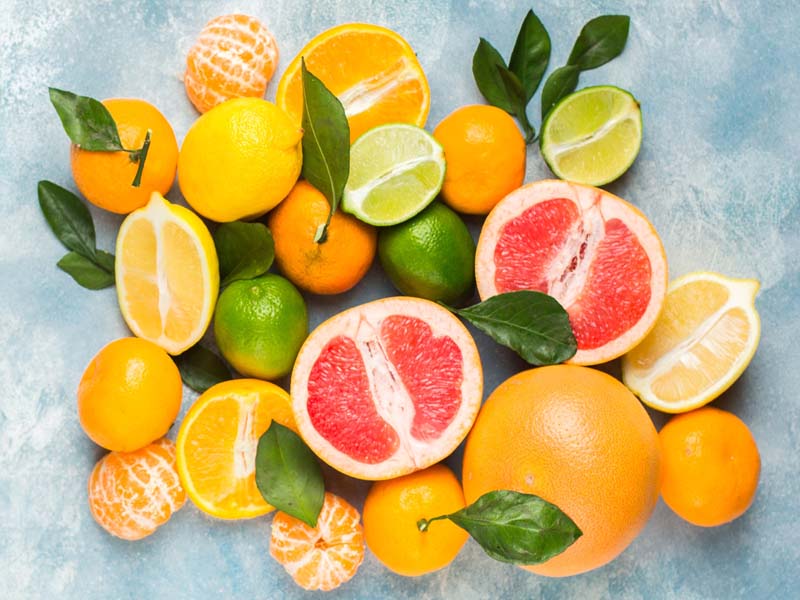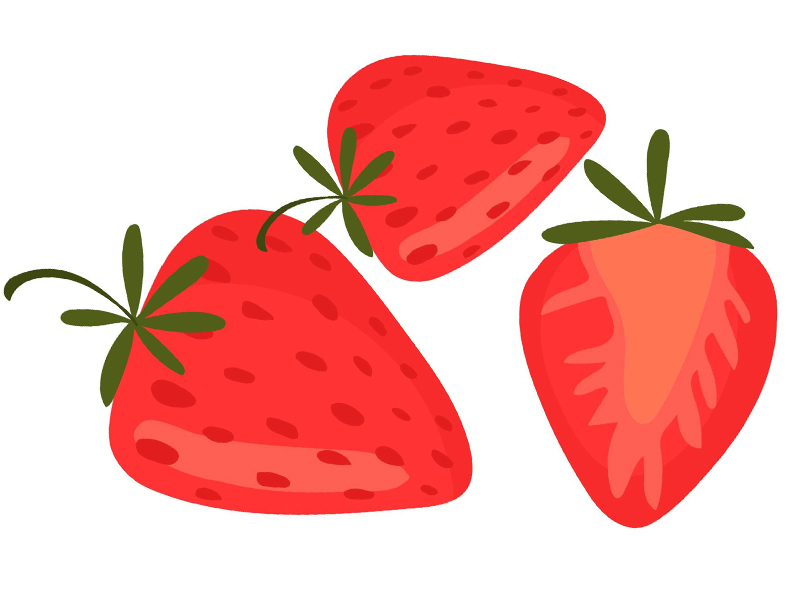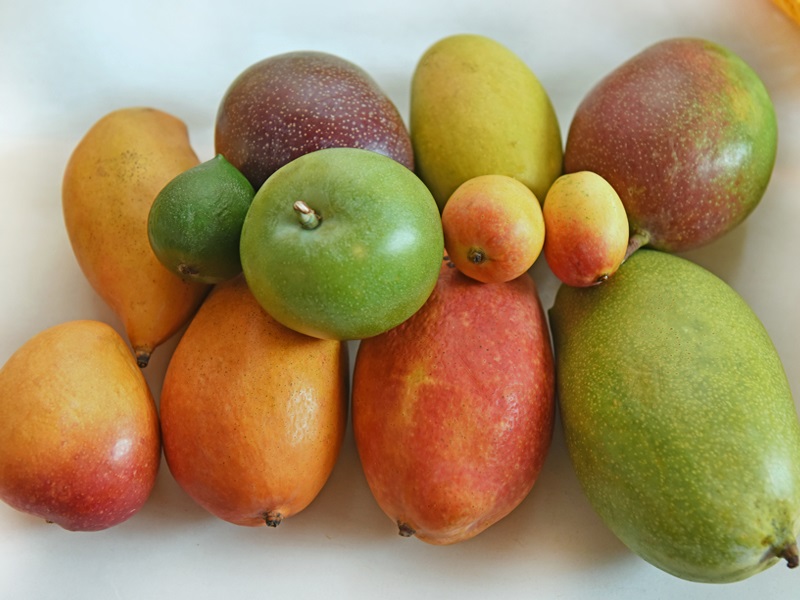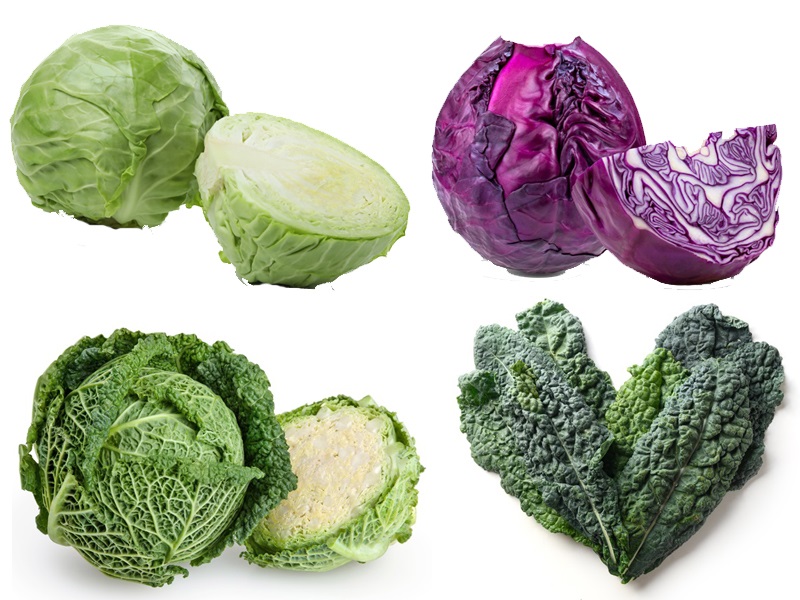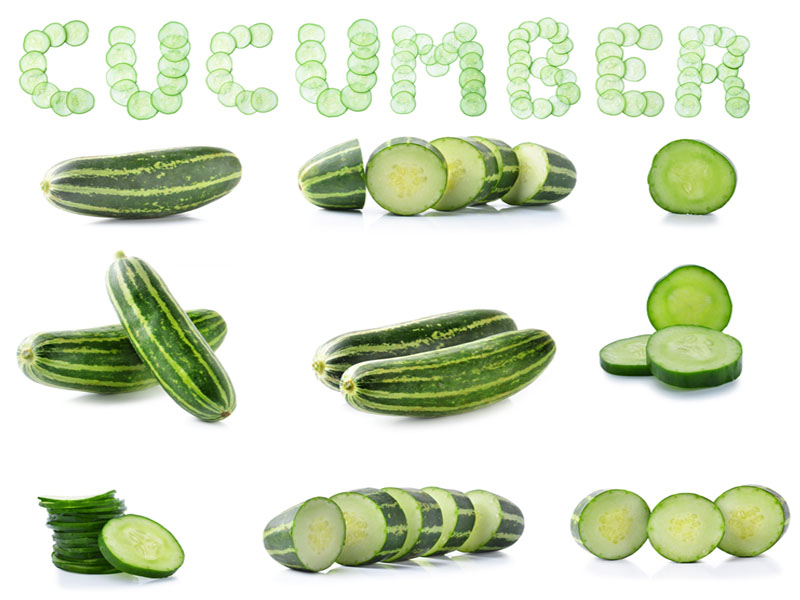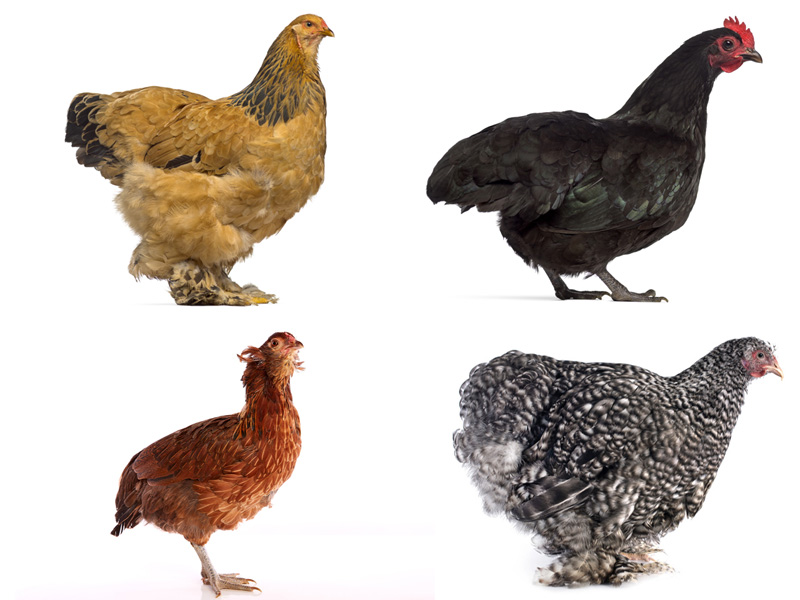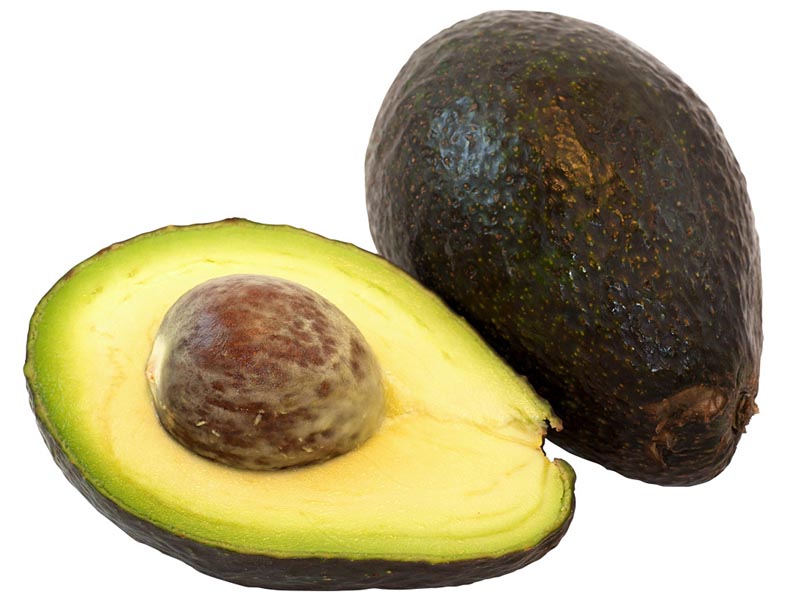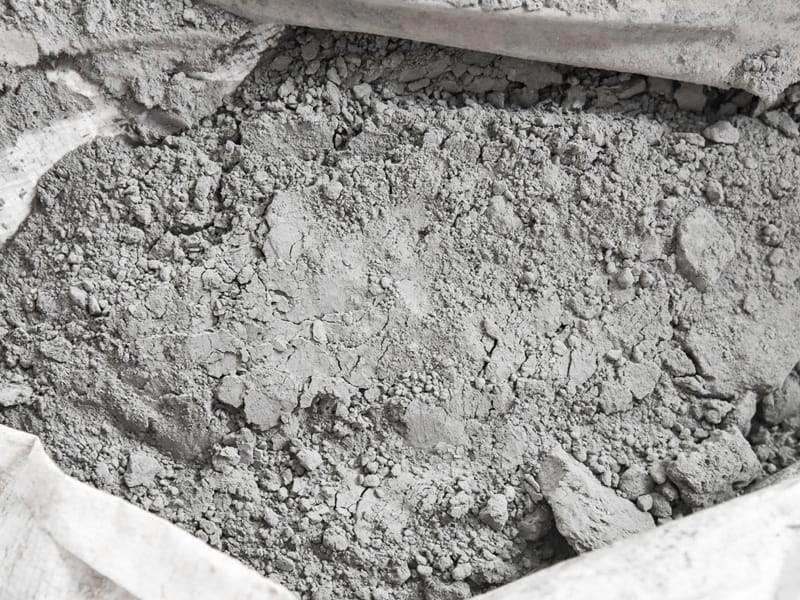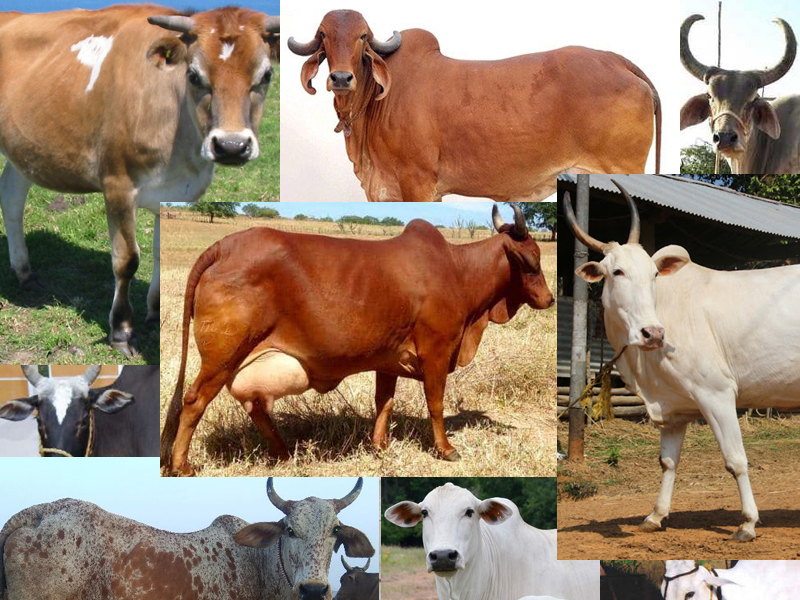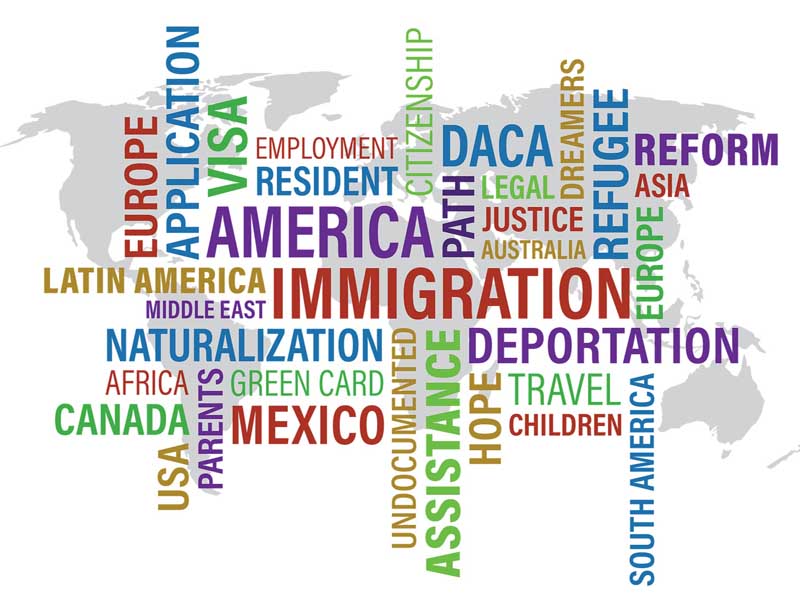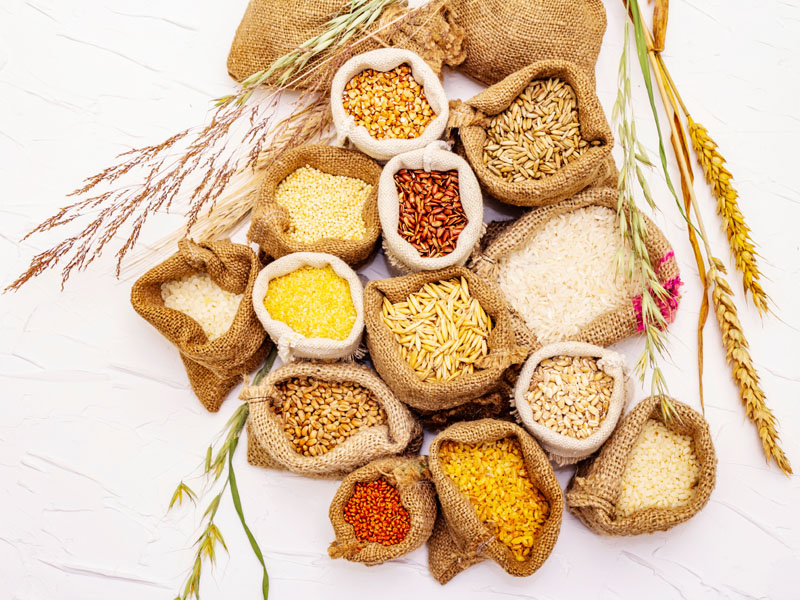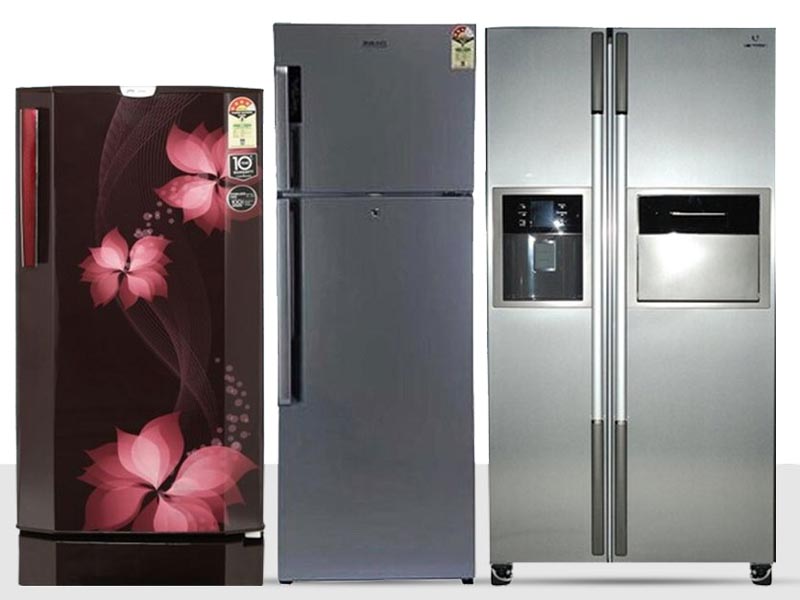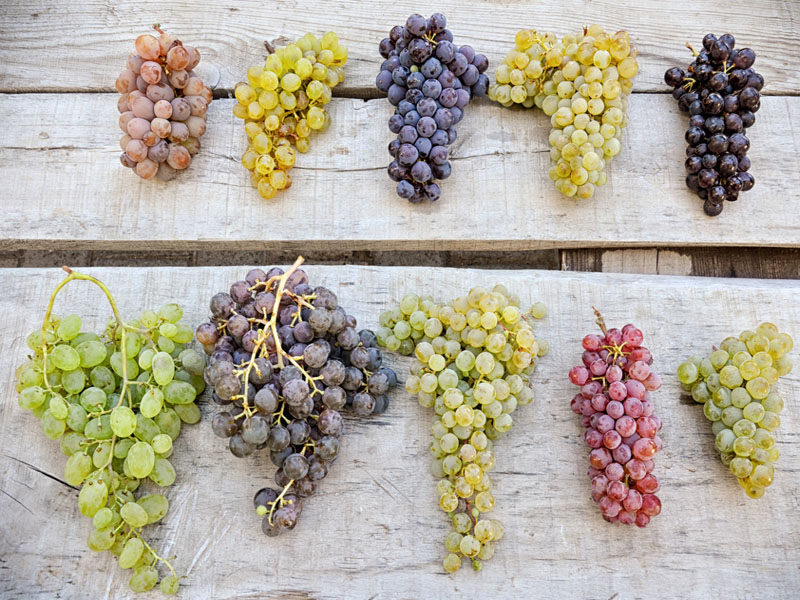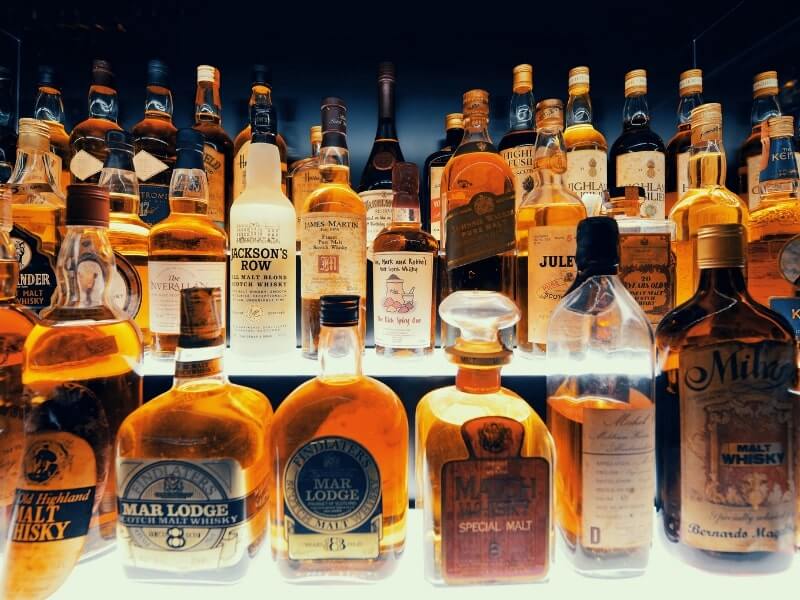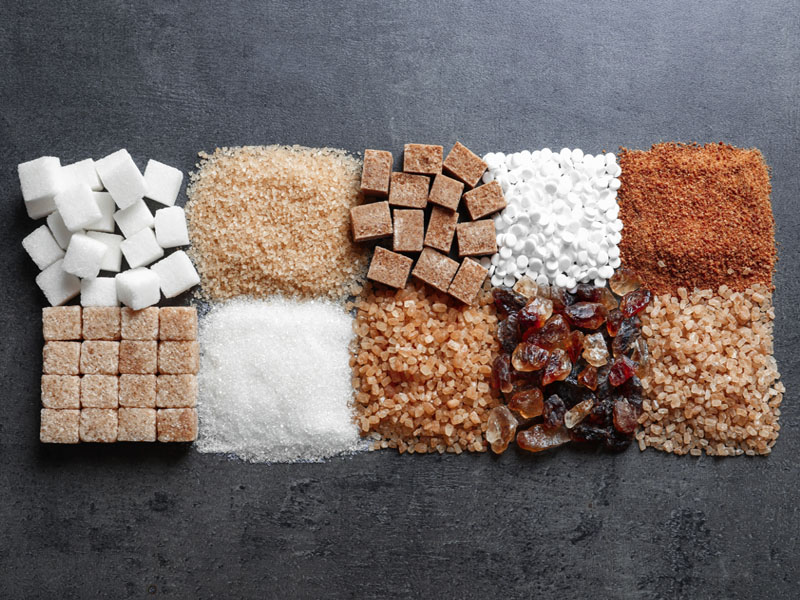Are you a fan of edible art? Of course, the classic and timeless tradition of floral centerpieces on the dinner table never goes out of style. But did you know some edible flowers show up on your dinner plate? Yes! Edible flowers are found on menus worldwide and are used in different cuisine styles. The flowers that are safe to eat offer a unique color and burst of flavor to even simple dishes.
Whether it is a salad, sauces, entrees, or beverages, you can incorporate edible flowers into your dishes for special and unique dishes. This article presents you with a list of edible flowers available worldwide.
15 Best Edible Flowers Around The World:
Suppose you didn’t know that flowers have been a perennial gastronomic delight for ages. In that case, you must look into the edible flowers mentioned in this article to gain more knowledge. Read on!
1. Borage Blossoms:
Borage is a herb that produces star-shaped, small, and blue flowers, which are delicate and come in pink and white colors. Therefore, it is also called a starflower. You can use the borage blossoms in the kitchen because the leaves and flowers are edible. These flowers have a flavor similar to honey and cucumber, which is slightly sweet.
You can use borage blossoms to garnish for cocktails and desserts or eat them fresh in salads. In addition, these blue edible flowers can be used in pasta fillings, sauces, soups by cooking.
2. Calendula:
Also called pot marigolds, Calendula has daisy-like flowers that are annuals. The heads need to be removed as only the petals of these flowers are edible. The Calendula flowers have a yellow to orange and red that add a tint to dishes similar to saffron. It is easy to grow these flowers as they are easy, prolifically edible.
The Calendula flowers have a spicy, tangy, peppery, or bitter flavor depending on the variety. These edible orange flowers work well for salad garnish, rice dishes, homemade butter. In addition, You can add dried calendula flowers to a variety of soups.
3. Zucchini Blossoms:
The edible flowers of the zucchini plant are called Zucchini flowers. These flowers have an orange-yellow color, soft and delicate texture with summer squash’s flavor. These yellow edible flowers are lightly sweet, making them perfect for fried, battered, and stuffed foods. But you can also use it in baked products or even raw.
See More: Weird Fruits Around The World
4. Hibiscus:
The large, ornate blossoms from the Hisbiscus plants are called Hibiscus flowers. These flowers grow in worldwide tropical and subtropical climates. Although there are hundreds of Hibiscus species, Hibiscus sabdariffa is the popular edible flower variety. These flowers come in different shades such as pink, yellow, white, red. They are best known for medicinal and culinary applications. Though sometimes, these flowers are grown just for decorative purposes.
The hibiscus flower’s somewhat sour and tart flavor makes it an ideal edible flower for drinks such as tea, either hot or cold.
5. Lavender:
Lavender is an edible violet flower grown in Northern Africa and the Mediterranean with a distinctive fragrance. These small edible flowers are a desirable addition to various foods such as herb mixtures, herbal teas, baked goods, and infused syrups because of the combination of color and aroma. However, it is best to start with small amounts and then increase gradually when cooking with lavender because its flavor can become overpowering pretty quickly.
6. Nasturtiums:
Nasturtium is brightly colored blossoms with a savory flavor and is unique, making them a culinary favorite. The flowers, as nasturtium leaves, are edible and can be enjoyed raw or cooked. This plant’s blossoms are milder than leaves, whose main flavor profile is peppery and slightly spicy.
Nasturtiums are the perfect edible flowers for garnishing cakes, salads, pastries because they are typically yellow, red, and bright orange. In addition, the leaves can be blended into pesto or used as greens in salads because they are very tender.
7. Pansies:
The edible pansies come in various colours, but yellow, blue, and purple are the most popular. Depending on the type, there is some flavor, but typically pansies have a lightly floral, fresh, and mild taste. Pansies are among the best edible flowers for garnish for cookies, cakes, and pastries because they have so many color variations. In addition, you can candy the petals before adding them to your dish to add an extra flair.
Pansies have potent plant compounds known for anti-inflammatory properties and antioxidants and are a unique addition to a meal.
8. Roses:
Roses come in almost any imaginable color, size and there are over 150 species of roses available worldwide. Although roses are edible, not all taste the same. However, if the rose smells pleasant, that means it will probably taste good too, as a rule of thumb. Keep in mind that only the petals of the rose are edible and not the stem and leaves.
Rose petals have a sweet, floral, and aromatic flavor that can be added to dishes in many forms. In addition, fresh edible rose petals can be helpful in the preparation of rose-infused beverages by adding to any liquid. Finally, you can prepare your favorite butter or sugar recipes by adding chopped rose petals.
9. Sage Flowers:
Garden sage or Salvia officinalis is one of the common sage flowers. However, there are several varieties of sage plants. Native to the Mediterranean, the sage flowers have many health benefits and culinary addition. For example, you can garnish pork, chicken, or meat dishes with sage flowers. Steeping these flowers gives you herbal tea; prepare a flavored vinegar, or use them later after drying them.
Although sage flowers are safe for consumption, excess use can result in convulsions. To avoid any allergic reactions, start consuming sage flowers in small amounts and gradually increase.
See More: Flower Varieties with Names
10. Violets:
Violets can quickly overtake a garden because they thrive. But they can be a delight if you are interested in edible flowers. These flowers have some sweet notes and provide a solid floral flavor, whether fresh or dried. Adding them to desserts, cakes, salad garnishes, or homemade butter can be a good option. Infusion of violets in jelly, syrup, and drinks is another excellent way to use this edible flower.
11. Dandelions:
Dandelions are not just garden weeds. They are highly nutritious edible flowers that come in small blossoms with bright-yellow and tiny petals. Every part of this so-called weed can be eaten, such as leaves, stems, and roots, not just the flower. You can either toss them into a salad or eat the flowers raw. Jelly, wine, fried, and breaded are other options for preparing dandelion blossoms.
While dandelion greens can be eaten as a sandwich topping, salad, or raw, at the same time, you can prepare tea with roots.
12. Honeysuckle:
The Japanese and woodbine Honeysuckle are the popular varieties, although there are 200 species of Honeysuckle in existence. The typically white or yellow flowers hold nectar directly eaten and are fragrant blossoms. For centuries, Honeysuckle has been a vital ingredient in Chinese medicine.
Honeysuckle is edible flowers for food that work best to replace sugar in quick bread recipes or use the syrup in lemonade, yogurt, or iced tea. However, the berries of some Honeysuckle varieties might be toxic if taken in large quantities. At the same time, its flower and nectar are perfectly safe to consume.
13. Purslanes:
Purslanes have thick fleshy leaves and tiny yellow flowers. Both are edible and can be consumed raw or cooked because they are succulent. Although many people compare purslane to garden weed, its rich nutrient content recently made it soar in popularity.
You can serve salads and sandwiches with raw purslane flowers and leaves. These edible flowers can also be added to your favorite soups, sauteed or steamed with veggies as a side dish. Battering and frying these flowers can also be done.
14. Banana Flower:
A banana flower or banana blossom is a flower that transforms into a banana fruit. Though it doesn’t taste anything like the fruit, the taste and aroma profile is similar to zucchini blossom. Once you purchase the banana flower, it is best to use it quickly; it turns brown pretty quickly. South Indian dishes use this flower predominantly. The banana flower also has many nutrients that are beneficial in reducing free radicals in our bodies.
15. Chamomile:
Chamomile is one of the best types of edible flowers that has been used in traditional medicine and cooking for many centuries. Although they are smaller, chamomile flowers resemble closely to daisies. Once cooked, these flowers give foods an earthy and slightly sweet flavor.
See More: List of Most Fragrant Flowers
You can prepare syrups infusions for baked goods, desserts, or smoothies with the help of blossoms. Still, chamomile is predominantly used in the preparation of tea. You can either use these flowers and leaves fresh or dry them.
Interesting Facts About Edible Flowers:
Here is the list of some fun facts about edible flowers that you might find interesting:
- During WWII, Nasturtium seeds were used as a substitute for black pepper.
- Saffron is a spice made from saffron crocus dried stigmas. In modern markets, saffron fetches $1500 and up per pound, making it one of the most expensive spices.
- Although they must be prepared specially to avoid indigestion, tulip bulbs were eaten as a famine food during WWII.
- Many people make beautiful cups for dips from tulip petals. Anyone can eat them unless you are allergic to tulips.
We all might be accustomed to watching flowers as part of the decoration. But have you ever added flowers to your food? We hope the list of the edible flowers mentioned in this article has given an insight into the flowers you can add to your dishes to add a unique taste and look. Don’t forget to let us know if you found this article helpful!
FAQ:
1. How Fast Should We Consume Edible Flowers?
It is best to use edible flowers similar to all fresh produce as soon after harvest as possible. You should use the edible flowers within two days as they are perhaps one of the most fragile in terms of shelf life. However, you can refrigerate the edible flowers in an airtight container, making them usable for 4 to 6 days.
2. How Can We Use Edible Flowers?
Salads, soups, entrees, desserts, and drinks are where you can use edible flowers that add color, fragrance, and flavor.
3. Are Edible Flowers Considered Veggies?
Petals of edible flowers are considered modified leaves, and flowers are classed as a vegetable. Except for seeds and fruits, any part of the plant a human eats is regarded as a vegetable.
4. Is It Okay To Freeze Edible Flowers?
Yes! You can use an ice cube tray to freeze the edible flowers, similar to herbs. Just submerge the flower and freeze as generally as possible.
5. Is It Necessary To Wash Edible Flowers Before Using Them?
Unless the flowers are grown in a controlled environment, it is better to shake the flowers. But it depends on personal preference and sometimes washing them takes away the freshness of the flowers.
Disclaimer:
The information provided in the article is based on research and for informational and educational purposes. The website is not responsible for the authenticity and accuracy of the information.








